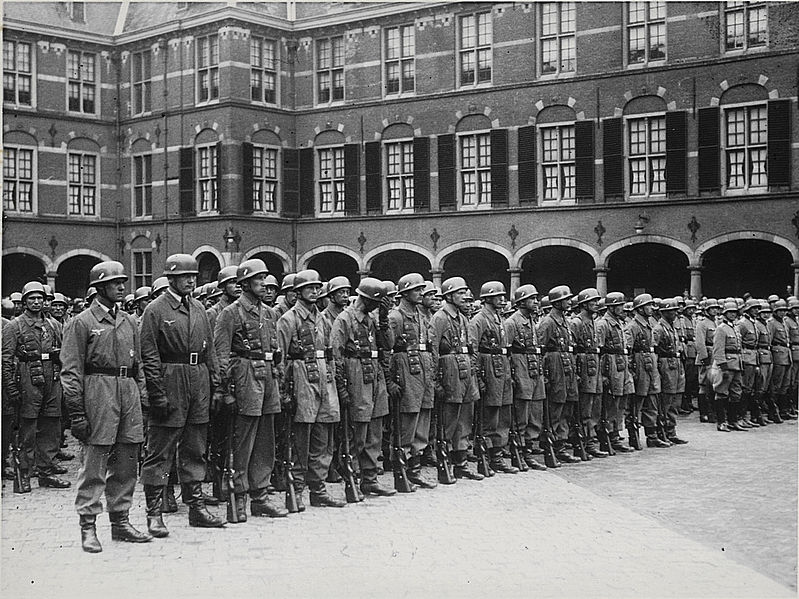An unexpected FOW Tournament in Switzerland with an Army Never Used Before, but with Lots of Good Chocolate!
By Paolo Paglianti
Just imagine the scene. It’s Friday morning at the Paglianti household, and we are getting ready to leave for our house on Lake Como. Suddenly, the phone rings: it’s my friend Etienne, one of the best Flames of War players in Europe, calling to tell me that he has a problem with his Lady of the Lake tournament. The tournament is a pairs event, Axis and Allied, and unfortunately, one player had to withdraw at the last minute. Three players might have to drop out if he doesn’t find a substitute.
If I ever needed confirmation of how awesome my wife is, I got it that morning: not only did she understand how much I would enjoy playing over the weekend in what is practically the Swiss Nationals, but she also knew how often I worry about organizing a tournament and facing such issues.
She said, “We’ll go to the lake next week!”. So, I packed my things and joined Stefano Regazzoni, who lives in Italian-speaking Switzerland, and together we headed to Lausanne, passing through the San Gottardo pass, which looked like the Ardennes with all the snow.

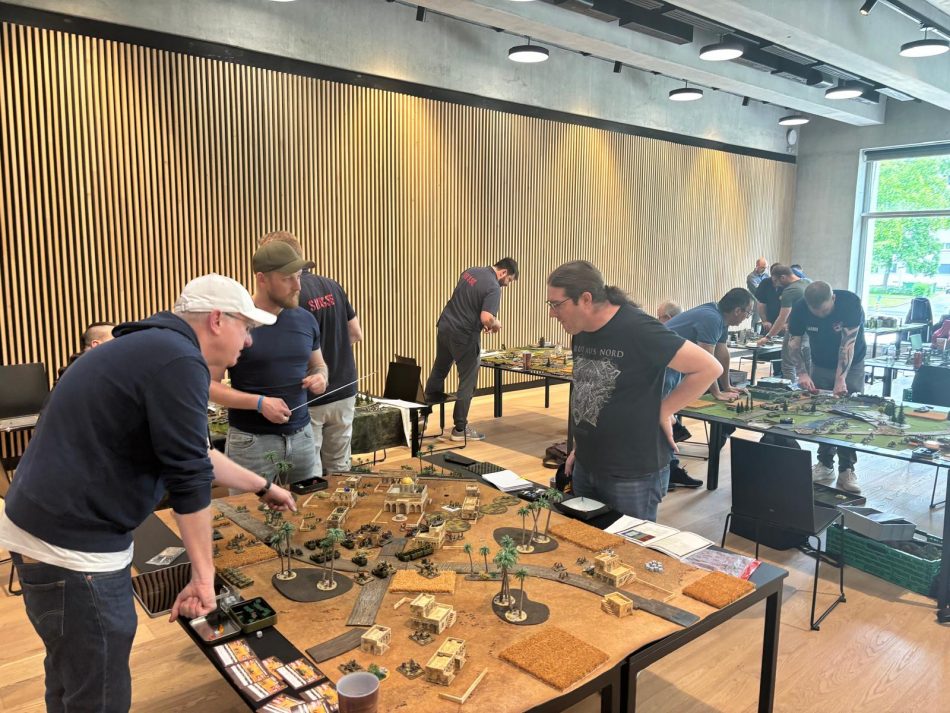
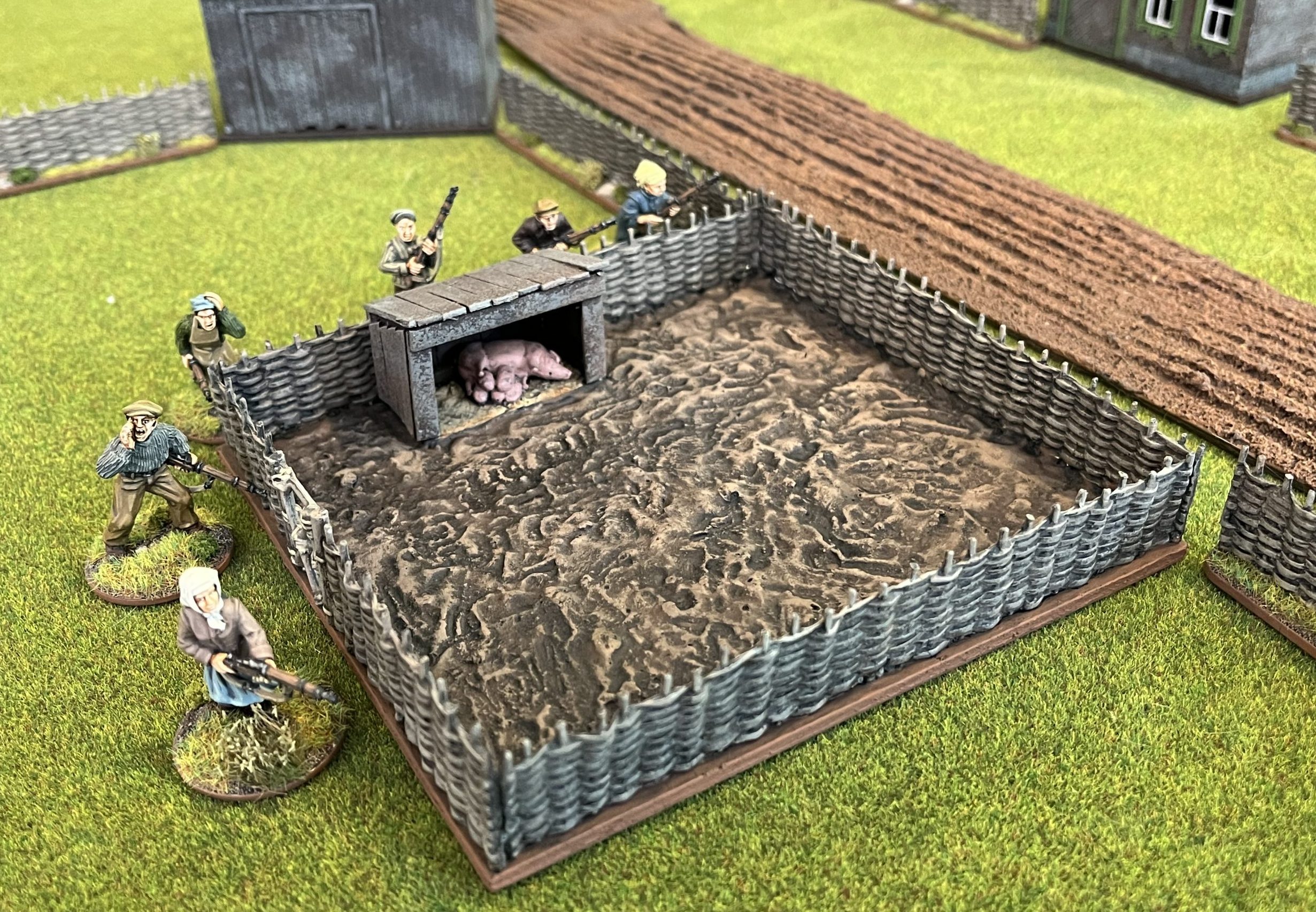
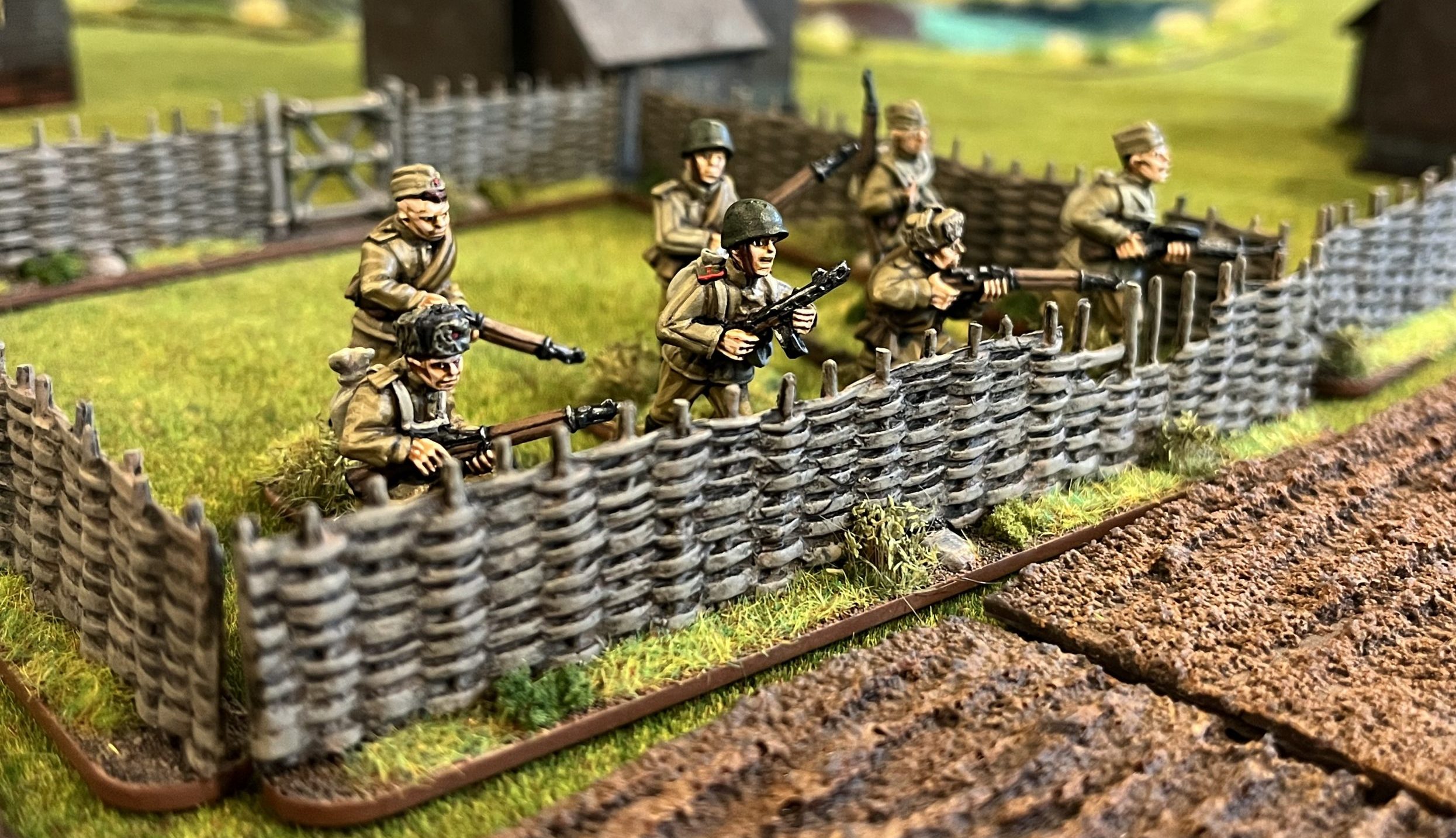
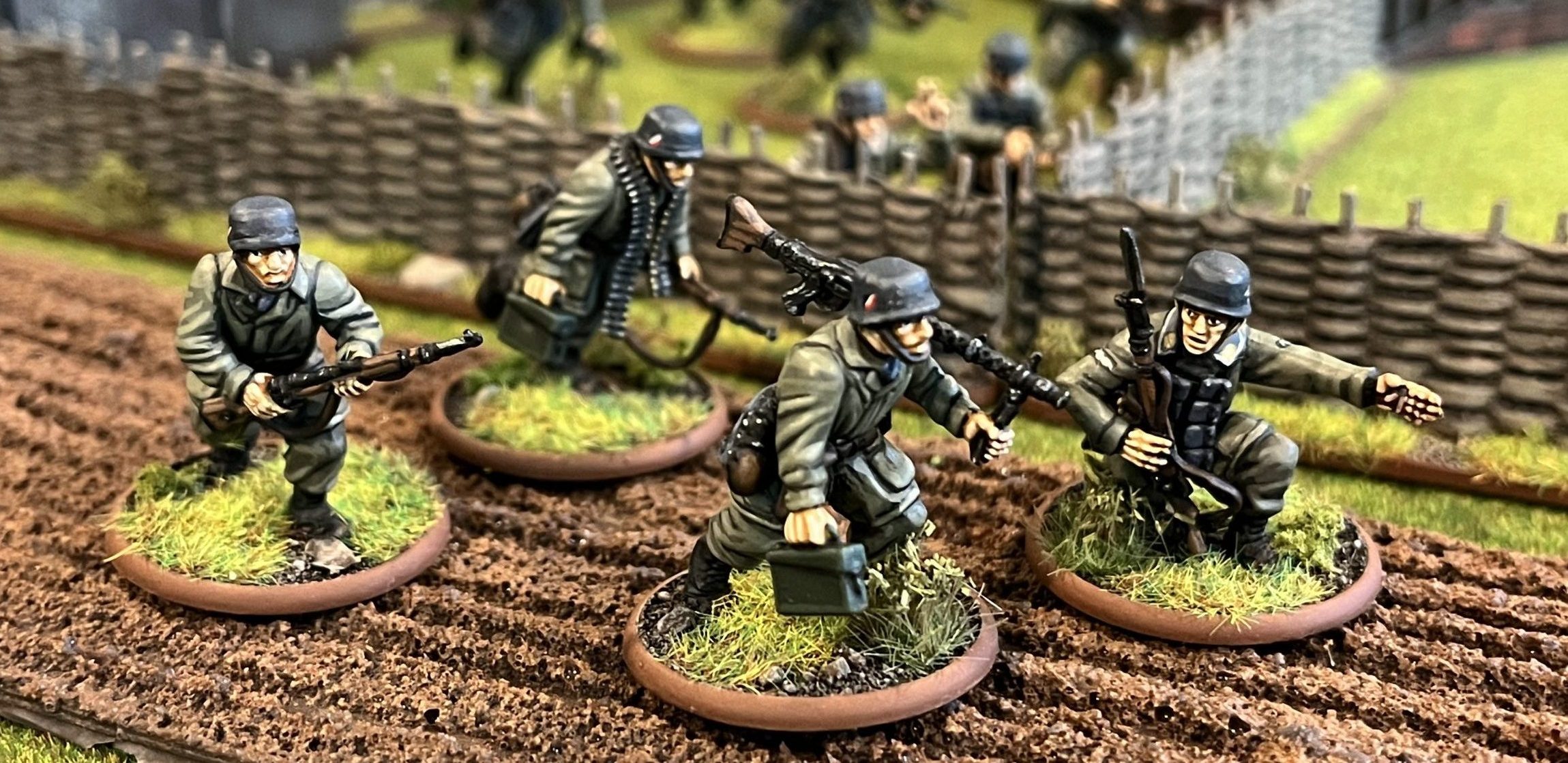
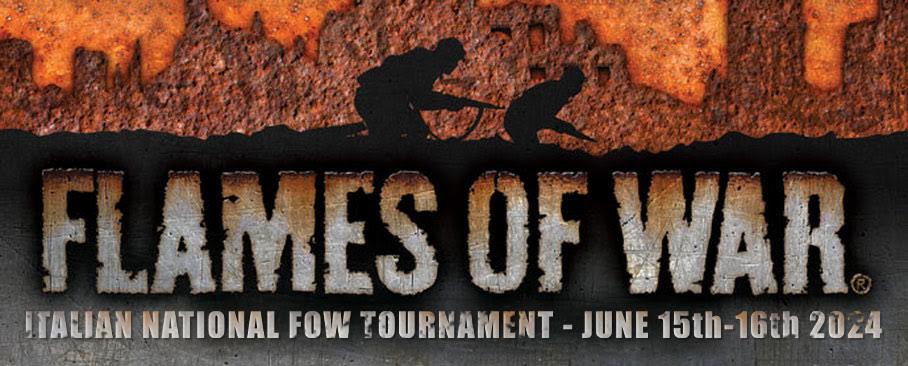
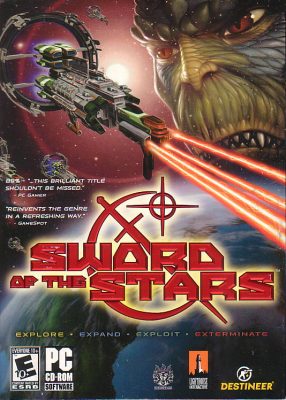 “SolForce’s official motto was “Per Ardua Ad Astra” (Latin: “Through Hardship, The Stars”), but its real motto was “Repensum Est Canicula” (Latin: “Payback is a Bitch”).”
“SolForce’s official motto was “Per Ardua Ad Astra” (Latin: “Through Hardship, The Stars”), but its real motto was “Repensum Est Canicula” (Latin: “Payback is a Bitch”).”
